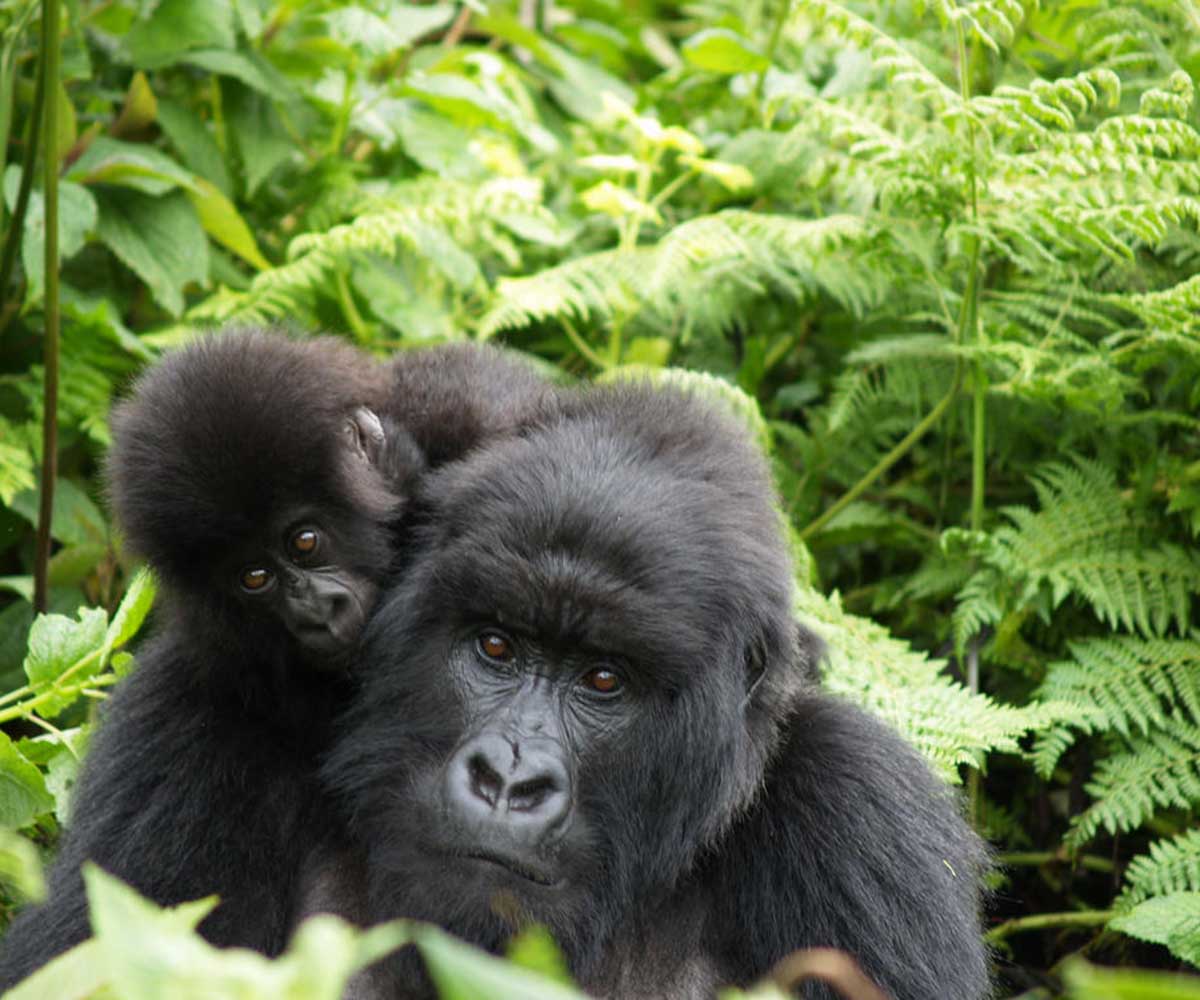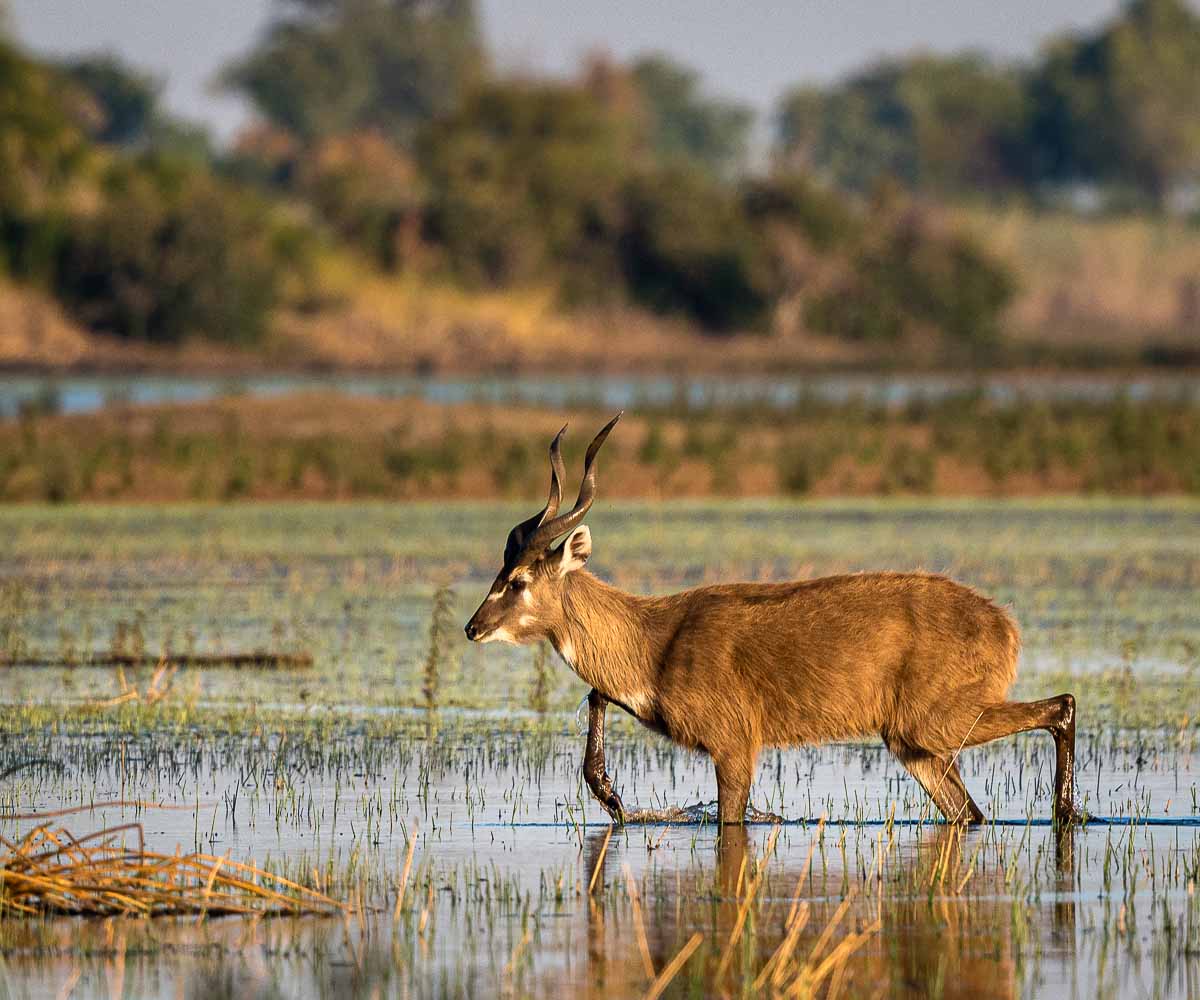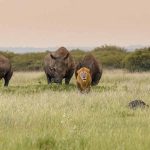COVID 19 Update
[Updated 10th June 2021]
Travel around the world has been on standstill since mid-March ’20. Our dreams of exploring new places and experiencing new cultures has been shattered by the world’s pandemic, but there are green shoots of hope for those wishing to jet off and make new unforgettable memories.
Most African countries are open for business, and have been for a number of months now.
The situation is ever-changing, so if you are unsure about anything, make sure you contact one of our Africa specialists who will be happy to help you.
Below you will find a quick summary of the countries border policies, but if you would like to read about a COVID-19 trip during July in Tanzania, please see our trip report, based upon our MD Marc Harris’ experience.
Eastern Africa
Tanzania – Happy to accept the majority of visitors from around the world. This is arguably one of the best chances to experience the Serengeti and the Ngorongoro Crater. With very few visitors, these normally busy places, have very few visitors allowing for great photographic opportunities. To enter you will need a negative PCR test no older than 72 hours and to fill in a health declaration form prior to your arrival. A Rapid Antigen Test will also be undertaken upon arrival.

The best time to be in the Serengeti and Masai Mara? © Asilia
Kenya – Like Tanzania, Kenya is also open and welcoming visitors. Their regulations include a negative PCR within 96 hours of departure to Kenya and all travellers must register for a Trusted Travel Code.
Rwanda – The requirements to enter Rwanda begin with a negtiave Covid test upon arrival (with 72 hours to departure) followed by another test in country and a 24 hour quarantine period. Gorilla treks are permitted; however, the use of masks is enforced on the treks. Upon depature, all travellers must have a PCR test performed within 72 hours of leaving the country.

Gorilla treks are possible! © Singita
Uganda – Uganda are allowing arrivals, however dependent on where you are from and your vaccination status will determine what you will require. All arrivals must ahve a negative PCR no older than 120 hours before boarding your aircraft to Uganda. Those visitors deemed to be from high risk countries will also have another PCR test upon arrival, unless fully vaccinated. To depart, visitors must also have a negative PCR within 120 hours of leaving.
Southern Africa
Namibia – All travellers will need to present a negative PCR within 7 days of the sample being taken. As simple as that.

Open and ready for business. © Shenton Safaris
Zambia – Is open for tourism. Negative test results will be required to be shown upon arrival (no more than 72 hours) amd traveller must fill in a health questionnaire. Those arriving from a high risk country will be given a PCR and are expected to quarantine until a negative result is returned. Passengers with full vaccination or who have simply transitied a high-risk country will not have to test or quarantine.
South Africa – A country that has had one of the hardest lockdowns enforced has seen its borders fully open for international tourists. Arrivals must present a negative Covid-19 test that is unfer 72 hours old.

The slow reintroduction of opening the borders are a great sign! © Londolozi
Zimbabwe – Mirroring some of its neighbours, Zimbabwe is open for business. A negative test needs to be presented that was issued 48 hours prior to arrival. You can also pay $60 on arrival for a test and isolate at own expense whilst waiting for results.
Botswana – Botswana has now also opened its borders for all international tourists. A negative Covid-19 test must be presented upon arrival and must be under 72 hours old and all visa requirements must be met before arrival into the country.

Let’s hope for more sightings like this in the not to distant future! © Wilderness Safaris
In every country listed, expect when visiting to adhere to social distancing guidelines, the wearing of face masks and the use of hand sanitiser is enforced.
If unsure about anything, please make sure you check with the relevant authorities.






